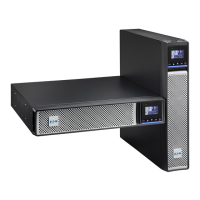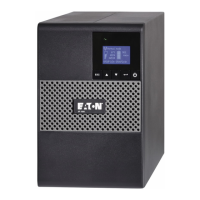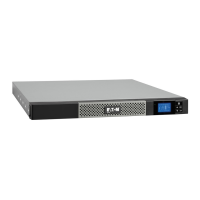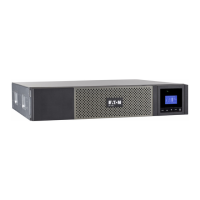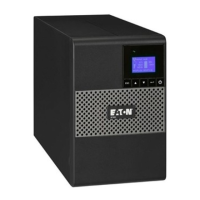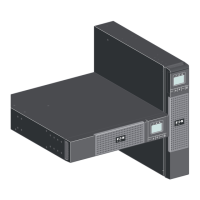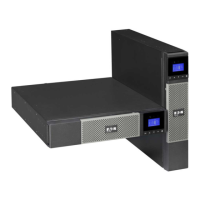What to do if no battery LED is on and Eaton UPS beeps continuously?
- KKyle DennisAug 1, 2025
If your Eaton UPS is beeping continuously and the battery LED is off, it indicates that the batteries are disconnected. You should verify that all batteries are properly connected. If the problem continues after checking the connections, it may be necessary to contact your service representative.
